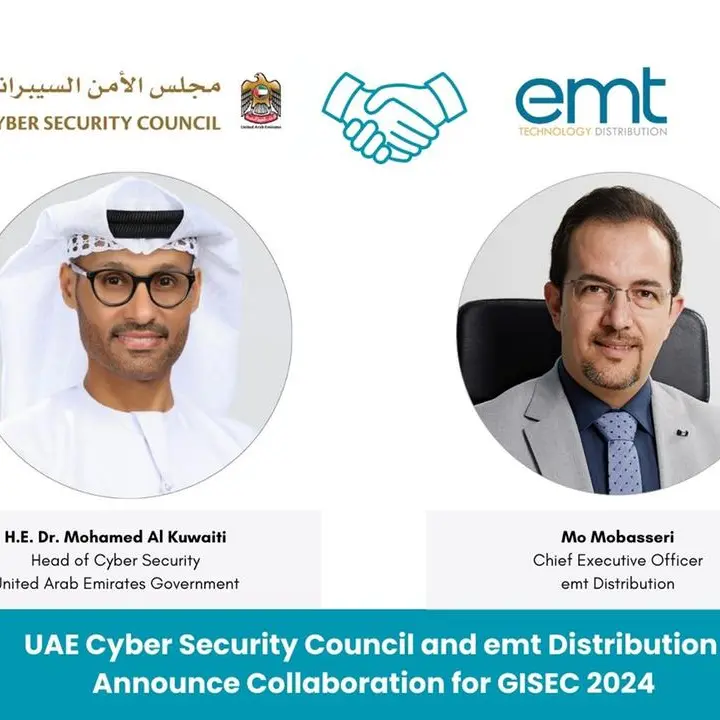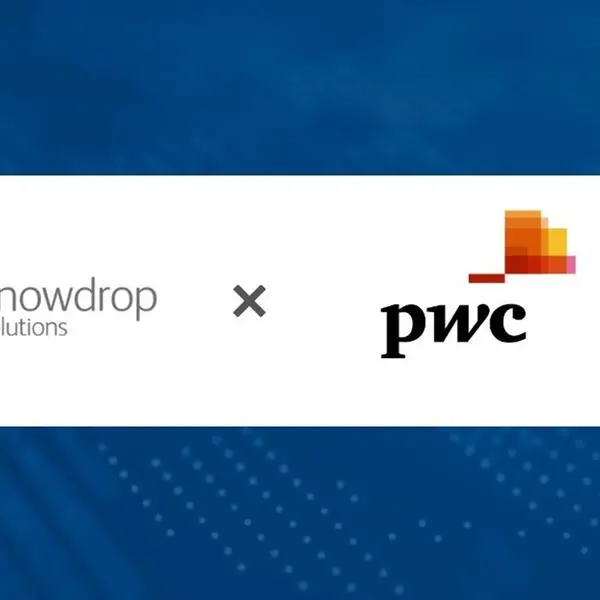PHOTO
Islamic retail and commercial banking assets continue to grow at 16% in 2014 and 2015
Islamic banking assets in six key markets set to exceed US$801 b in 2015
GCC countries added US$91b in Shari'a compliant assets in 2015
By 2020, the global Islamic banking industry profit pool is expected to reach US$30.3b
Dubai, 02 December 2015
Islamic banking assets of commercial banks based in Qatar, Indonesia, Kingdom of Saudi Arabia (KSA), Malaysia, the United Arab Emirates (UAE) and Turkey (denoted as QISMUT) are set to exceed $801b in 2015 and will represent 80% of international Islamic banking assets, according to EY's World Islamic Banking Competitiveness Report 2016. Globally, Islamic banking assets with commercial banks are set to exceed US$920b in 2015.
Gordon Bennie, MENA Financial Services Leader, EY, says:
"With the exception of Turkey and Indonesia, Islamic banking has gained market share in all markets, demonstrating the immense success and resilience of the industry. Twenty-two international Islamic banks now have US$1b or more in shareholder equity, making them better positioned to lead the future regionalization of the industry. In relative terms however, they are still only one third of the size of their largest traditional peers in home markets, and also lag in terms of return on equity."
Islamic banking continues to see strong growth with a compounded annual growth rate of c. 16%. In 2014, the Gulf Co-operation Council (GCC) countries added US$91b in Shari'a compliant assets, representing a year-on-year growth of c. 18% share, despite Turkey losing market share by 0.3% nationally due to political pressure on one of the leading Islamic banking institutions in the country.
High-performing countries
KSA continues to dominate the share of the global Islamic banking market at 33% and is the highest contributor to total global Islamic banking assets, followed by Malaysia at 15.5% and the UAE at 15.4%. Islamic banks in Bahrain have also been steadily gaining market share over traditional banks.
Ashar Nazim, Partner, Global Islamic Banking Center, EY, says:
"Leading Islamic banks have done well to mainstream with a competitive, sizeable business in their home markets. The combined profit pool of Islamic banks across QISMUT was estimated at US$10.8b in 2014, which is a notable milestone. However, the return on shareholder equity could be significantly enhanced, by at least 15%-20%, and this need becomes more pressing in the context of the prevailing macro-economic environment."
Drivers of growth in Islamic banking
Two main areas are expected to drive future growth in Islamic banking; average growth in banking sector assets and increase in market share.
Muzammil Kasbati, Director, Global Islamic Banking Center, EY, says:
"The external operating environment is certainly getting tougher, given the prevailing oil price and the resulting impact on banking system liquidity and infrastructure spend. Islamic banks are in a better position to weather this storm due to the simpler nature of their balance sheets, basic products and localized operations. However, they do not appear to be ready for the digital changes that are impacting the way customers engage with banks. A fundamental review of their operating models at this stage will be critical to the success of Islamic banking across the Organization of Islamic Cooperation markets."
Islamic banking in 2020
The total Islamic banking assets with commercial banks in QISMUT are expected to reach US$1.6t by 2020 and the total industry profit pool of QISMUT is expected to reach US$27.8b.
In terms of banking market share, Saudi Arabia, Kuwait, Bahrain and Qatar are expected to be the major players by 2020.
"QISMUT will remain the key driving market with the GCC providing the additional acceleration for future growth of the industry, with Turkey expected to recover from the current temporary setback. There is still a lot of opportunity; the industry today is yet to reach 100 million customers. The potential captive market is six times bigger but requires a different banking model. A digital-first strategy has to be the stimulus for Islamic banks to sign up the next 100 million customers over the next decade," concludes Ashar.
-Ends-
About EY
EY is a global leader in assurance, tax, transaction and advisory services. The insights and quality services we deliver help build trust and confidence in the capital markets and in economies the world over. We develop outstanding leaders who team to deliver on our promises to all of our stakeholders. In so doing, we play a critical role in building a better working world for our people, for our clients and for our communities.
EY refers to the global organization, and may refer to one or more, of the member firms of Ernst & Young Global Limited, each of which is a separate legal entity. Ernst & Young Global Limited, a UK company limited by guarantee, does not provide services to clients. For more information about our organization, please visit ey.com.
The MENA practice of EY has been operating in the region since 1923. For over 90 years, we have grown to over 5,000 people united across 20 offices and 15 countries, sharing the same values and an unwavering commitment to quality. As an organization, we continue to develop outstanding leaders who deliver exceptional services to our clients and who contribute to our communities. We are proud of all our accomplishments over the years, reaffirming our position as the largest and most established professional services organization in the region."
© 2015 Ernst & Young. All Rights Reserved.
This publication contains information in summary form and is therefore intended for general guidance only. It is not intended to be a substitute for detailed research or the exercise of professional judgment. Neither EYGM Limited nor any other member of the global EY organization can accept any responsibility for loss occasioned to any person acting or refraining from action as a result of any material in this publication. On any specific matter, reference should be made to the appropriate advisor.
© Press Release 2015











